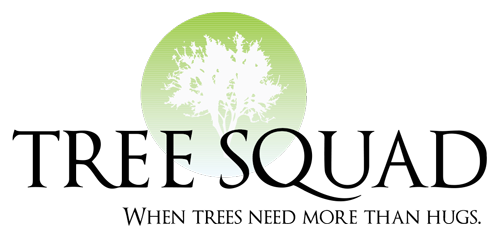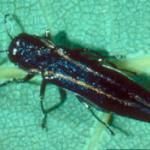Two-Lined Chestnut Borer
Attacks:
All Oak species, prefers red and pin oak. Stressed trees are more attractive to borers.
What you will see:
- Infestation first becomes visible in mid-July
- Sparse, small and discolored foliage
- Dieback of branches follows
- Leaves of infested branches turn uniformly red-brown
- Distinctive pattern of dead and living leaves
- Branches in the upper crown are dead and leafless
- Branches in the middle crown are dying and have red-brown wilted leaves
- Branches in the lower crown are alive and have green leaves
- Larvae create meandering galleries underneath the bark
Life cycle:
- Adult beetles lay eggs on stressed oaks in late May and June
- Larvae feed on the inner bark of live branches and stems
- Larvae pupate under the bark where they over-winter
- Adults emerge through D-shaped exit holes in the bark the following May and June
Cultural practices:
- Healthy trees are less attractive and more resistant
- Promote sustainable growth
- Water tree 2-3” per week during summer
- Water 3-4” per week during drought conditions
- Do not fertilize without increasing water
- Provide root enhancement system
- Avoid construction damage
- Compacting the soil
- Change of soil grade or water drainage
- Damaging the bark
Chemical practices:
- Two-lined chestnut borer is susceptible to systemic and topical insecticides


